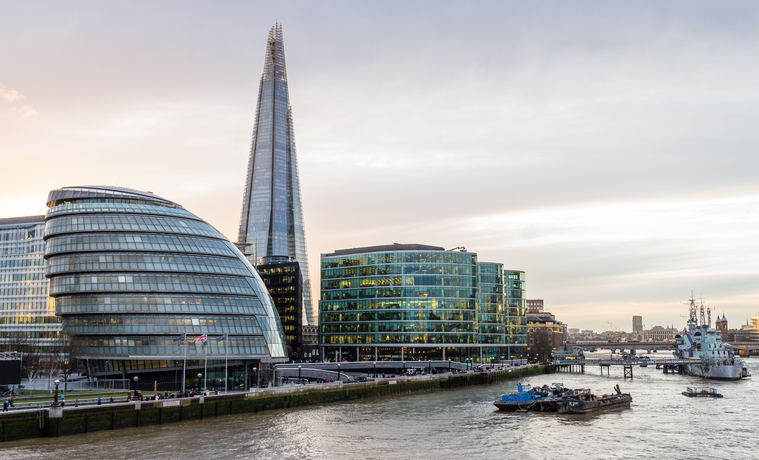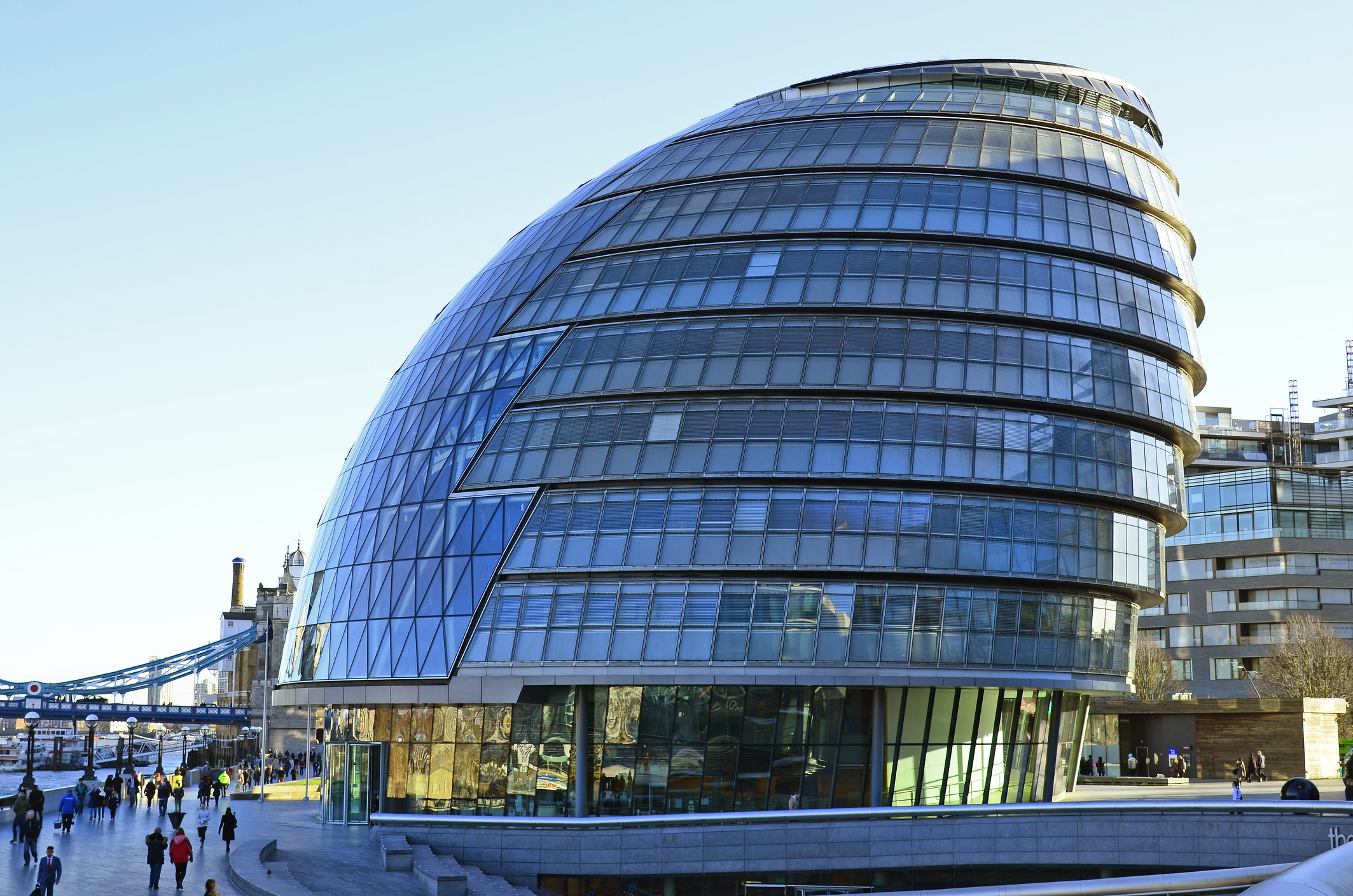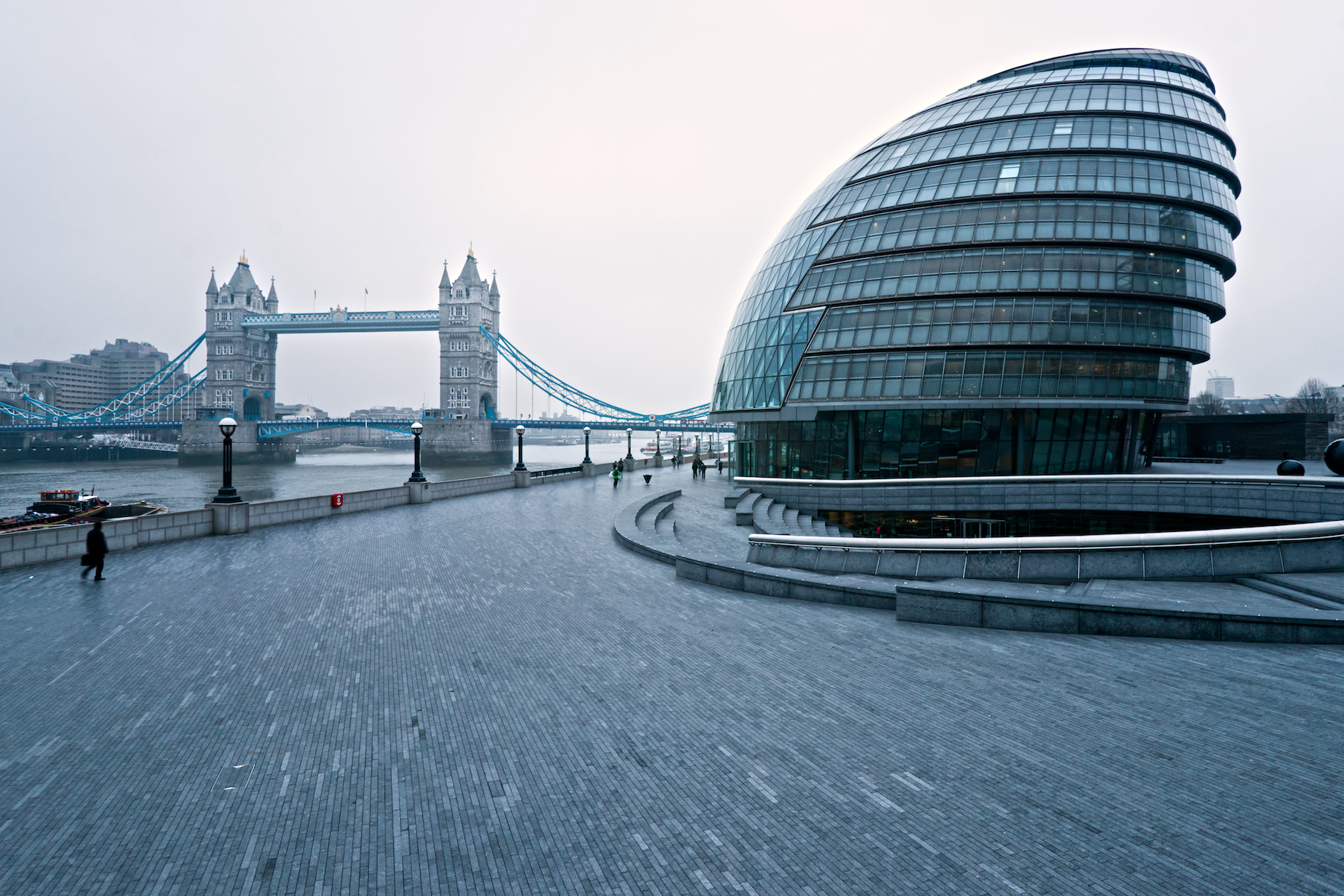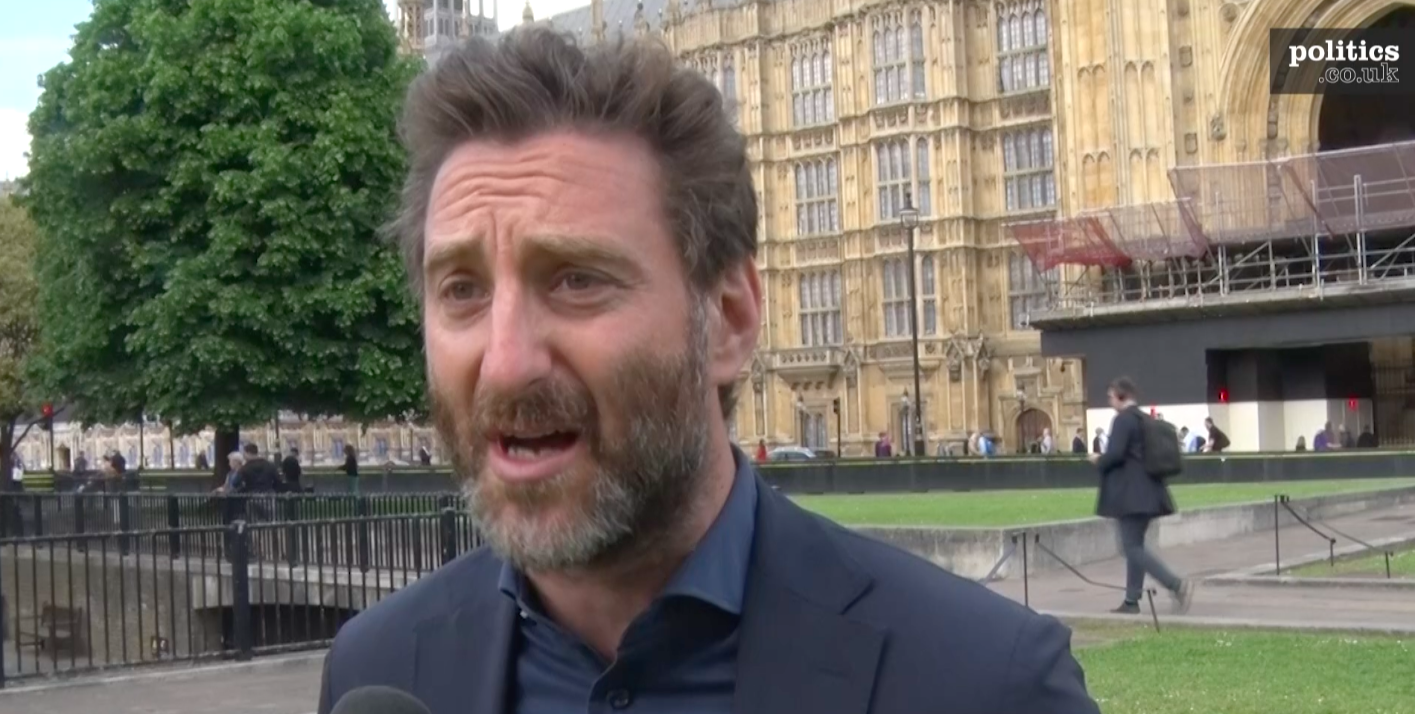What is London government?
“Greater London” comprises 32 London Boroughs and the historic City of London.
The boroughs are Camden, Greenwich, Hackney, Hammersmith and Fulham, Islington, Kensington and Chelsea, Lambeth, Lewisham, Southwark, Tower Hamlets, Wandsworth and the City of Westminster (sometimes referred to as the “inner London boroughs”); and Barking and Dagenham, Barnet, Bexley, Brent, Bromley, Croydon, Ealing, Enfield, Haringey, Harrow, Havering, Hillingdon, Hounslow, Kingston-upon-Thames, Merton, Newham, Redbridge, Richmond upon Thames, Sutton and Waltham Forest (the “outer London boroughs”).
Most local government functions are carried out by the London borough councils: they are responsible for education, housing, planning, highways, fire, social services, leisure and recreation, libraries, waste collection, waste disposal, and environmental health. They are also “collection authorities”, responsible for collecting council tax.
Greater London also has a second tier of local government in the form of the Greater London Authority.


The GLA was created in 2000 in order to improve co-ordination between the boroughs and to give London a unified voice. It is headed by the Mayor of London and its work is scrutinised by the London Assembly.
The Greater London Authority is a “precepting authority”, which, along with the Metropolitan Police Authority and other bodies, adds a “precept” for its services to the council tax bills issued by the borough councils.
The Mayor of London is responsible for setting policies on transport, buildings and land use, economic development and regeneration, culture and the environment. He or she also has a duty to promote the health of Londoners. The Mayor also exercises some control over the Metropolitan Police Service by making appointments to the Metropolitan Police Authority – the force’s governing body.
Furthermore, the Mayor is responsible for developing and implementing a number of strategies aimed at co-ordinating policy in other areas, and for representing London on the national and international stage.
The Corporation of London governs the “square mile” of the City of London. Its powers and structure are very different from those of the boroughs, and are largely the outcome of centuries of historic privileges accorded to the City.

The Mayor of London is based at the new City Hall on the Thames.
History of London government
The City of London’s distinct status dates back to the time of Alfred the Great, while the Corporation of London dates back to 1132, during the reign of Henry I.
Today’s London Boroughs, however, date back only to 1965. The London Government Act 1963 provided for the abolition of the former counties of Middlesex and London, the absorption of parts of Kent, Essex and Surrey, and their replacement with the county of Greater London.
This was to be administered by a “two-tier” local government system, comprising the Greater London Council, and the 32 borough councils and the City, which had previously remained separate. The new boroughs were formed out of a mixture of inner London metropolitan boroughs, municipal boroughs and urban districts in outer London, and three county boroughs, Croydon, West Ham and East Ham. Elections to the “shadow” boroughs and GLC were held in 1964, and the new organisations began work in 1965.
This system survived the local government upheavals of 1974, which aimed to install a uniformly two-tier model across the rest of the country, only to be replaced in 1986.
The old London county council had been dominated by Labour, based as it was on the more radicalised inner London area. The new GLC had a more balanced political profile, including many wealthy suburban areas, and control passed from Labour to the Conservatives and back again throughout the 1960s and 1970s. In 1977, however, a hard left faction began to coalesce within the London Labour party, which denounced the party’s 1977 election manifesto. Labour lost the election, and power passed to the strongly Thatcherite administration led by Sir Horace Cutler who in turn moved to cut public spending and encourage those living in council houses to buy their own homes.
Labour was re-elected in 1981 with a small majority. A day after the election, the left succeeded in ousting the moderate Labour leader Andrew McIntosh, replacing him with Ken Livingstone. Under Livingstone, the GLC embarked upon a strongly left-wing programme, marking it as a leading “loony left” council in the eyes of media and earning its leader the nickname “Red Ken”.
In 1983, the Conservative government proposed abolishing the GLC in the white paper ‘Streamlining the Cities’. The government was under pressure from Outer London Conservatives to free them from the “tax high, spend high” council, and was keen to be rid of the GLC for ideological reasons. The GLC – along with the metropolitan counties – was abolished under the Local Government Act 1985, formally on the grounds of inefficiency, and ceased to operate on March 31st 1986.
The Act passed most of the powers of the GLC to the boroughs (and the remainder were taken back by the government), although the Inner London Education Authority survived as an independent body until 1988 (the Outer London Boroughs became the Local Education Authorities for their areas). The GLC’s assets were disposed of by the London Residuary Body, which survived until 1996.
London was thus governed by a single tier of local government from 1986 until the establishment of the Greater London Authority in 2000. Labour came to power in 1997 on a platform of devolving power to Scotland, Wales, Northern Ireland, the English regions and London. A referendum was held in 1998 on proposals for the establishment of a new strategic authority headed by a directly-elected Mayor – a concept Labour was at that time keen to promote across the country. The result was 1,230,715 in favour to 478,413 against (72 per cent to 28 per cent), and with this mandate, the government proceeded to pass the Greater London Authority Act 1999.
The measure was controversial by virtue of the limited powers it intended to give to the Mayor – principally the absence of tax-raising powers.
In May 2000, Ken Livingstone was elected as the first Mayor – in spite of Labour’s refusal to accept him as its candidate, and his decision to run as an independent. He was re-elected in June 2004, having been re-admitted to Labour in the run-up to the election. The Conservative, Boris Johnson, was elected Mayor in the 2008 election and again for a second term in 2012. In 2016, the Labour MP, Sadiq Khan was elected London Mayor, being reelected again in 2021.
Controversies
The limitations of the single-tier model for London government were said to be evident soon after the abolition of the GLC. The boroughs were thought to lack the strategic vision and mandate to co-ordinate their work on London-wide issues, such as transport, strategic planning and economic development, despite the efforts of bodies like the Association of London Government.
The early 1990s saw the government respond to this by the establishment of a transport minister for London, a Cabinet sub-committee for London and in 1994, a regional Government Office for London, but it was widely argued that London had a need, and a right, to govern itself.
However, many supporters of London government regarded the new body that was introduced as a let-down. It was considerably weaker than the GLC, despite having a number of powers (notably in relation to the Metropolitan Police) that its predecessor lacked.
The Mayor would not be able to vary tax, and there were wide areas in the Act in which the Mayor would be unable to act without the approval of the secretary of state.
Opponents, by contrast, continued to object to the political domination that the populous Inner London boroughs would exert over the prosperous Outer London Boroughs.
The figure of Ken Livingstone was also a highly controversial choice as the first Mayor of London. Having been rejected by Labour as its candidate, something he and his supporters regarded as a “political fix”, he went back on a pledge not to run as an independent, claiming that he was defending “the principle of London’s right to govern itself”. He also strongly opposed the Labour government’s proposal for London Underground to operate as a public-private-partnership (PPP).
His invitation to the Muslim cleric Yusuf Al-Qaradwi – accused of being anti-Semitic, homophobic and of condoning suicide bombings – to visit London was widely criticised. And his comments likening a journalist to a concentration camp guard earned him a four-week suspension from office, which was subsequently overturned on appeal.
Quotes
“I want to deliver those changes that Londoners, and visitors to the city, tell us they want to see: a cleaner city with safer streets, better transport, and good quality affordable housing.”
Mayor of London, Boris Johnson – 2012










